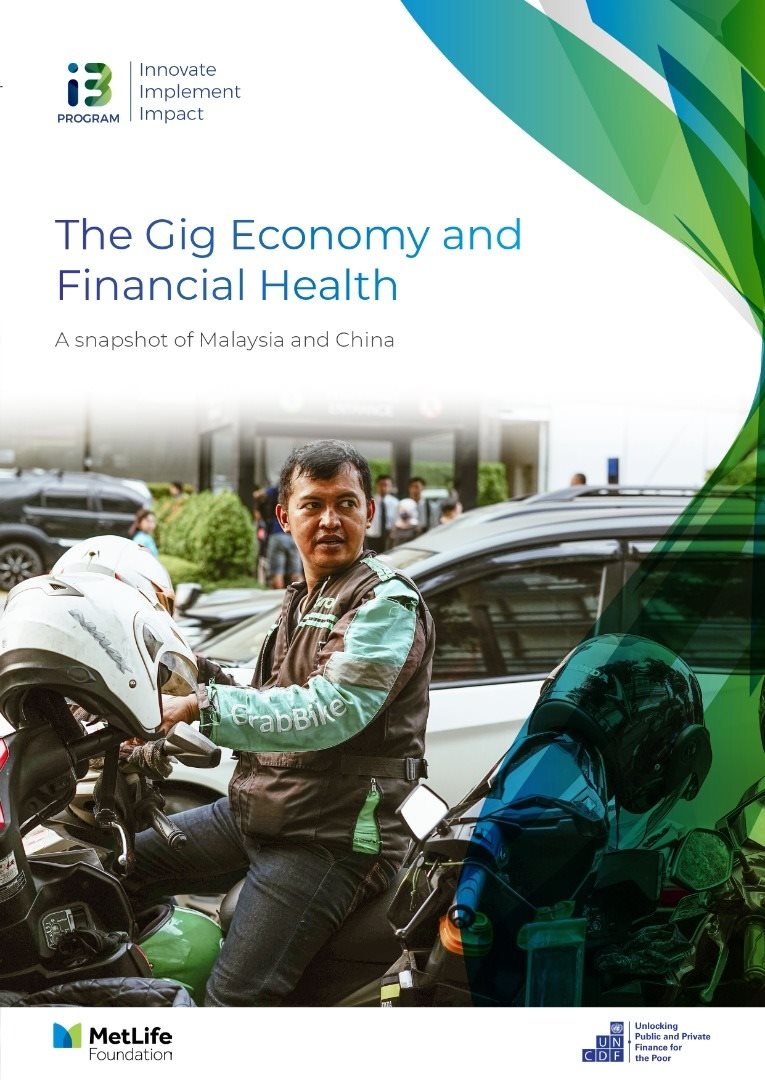The COVID-19 pandemic has brought home the extent to which our economies – and our industries – are being reshaped by technology. One such industry is ‘the gig economy,’ a labor economy of sorts where speed and convenience are the norm, characterized by temporary or short-term work opportunities which are sometimes over in a matter of minutes.
Asia cemented its status as a gig economy hub in the last year, with the region emerging as a hotspot for freelance work in both the formal and informal economy. Examples of workers in the gig economy in Asia include an Uber, Grab or a Didi driver transporting riders across town, a foodpanda partner delivering food to people at home or their office, or a cleaner hired off of an app to clean a house for a few hours.
At a glance, this popular trend brings benefits and new earning opportunities. However, there are trade-offs: while folks participating in gig work are exempt from traditional workplace restrictions, the nature of gig work where gig workers earn based on each “short-term” gig means that they could face unpredictable incomes and have difficulties accessing relevant financial services that meet their needs.
In an effort to better understand the financial realities of gig workers in general (and as a result of COVID-19), and to design interventions to boost their financial health, the UNCDF Centre for Financial Health recently completed an in-depth study of 16,166 gig workers in two countries, China and Malaysia.
In this study, UNCDF explores the landscape of the gig economy in Malaysia and China, focusing on the financial concerns and well-being of gig workers. The main report as well as additional briefs from this study are available for download from the links at the top-right of this page.
Read the full blog on our study here.
More data is available in our report decks below:
